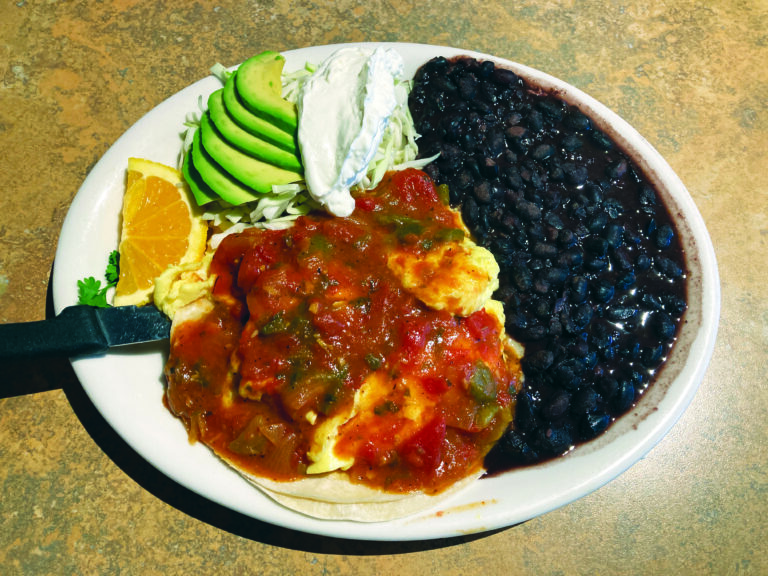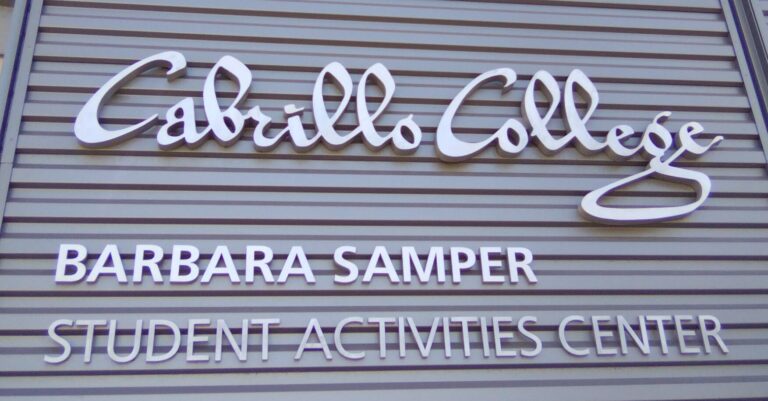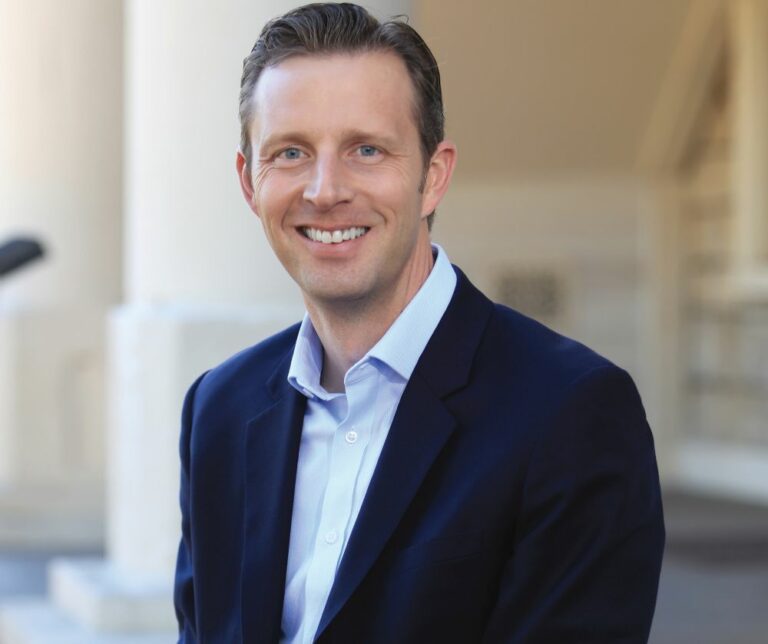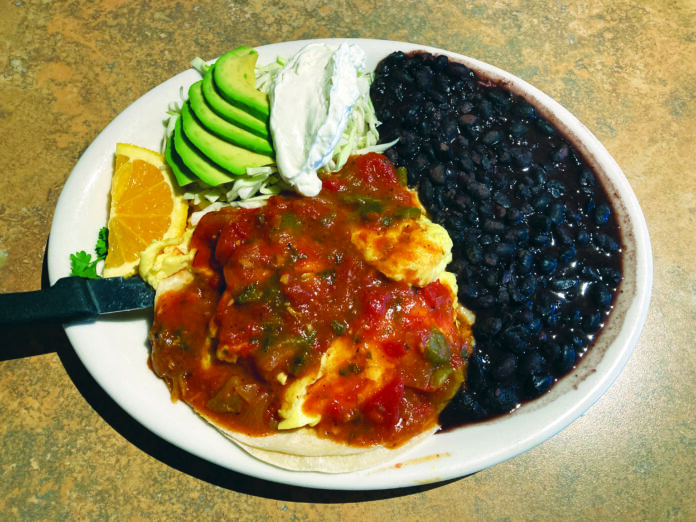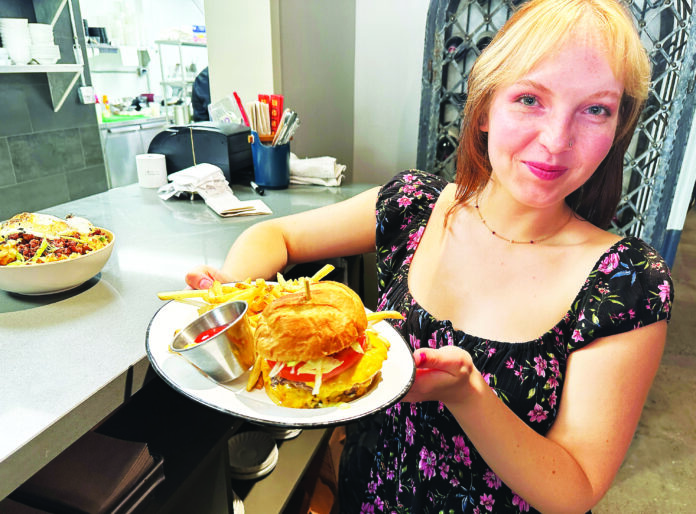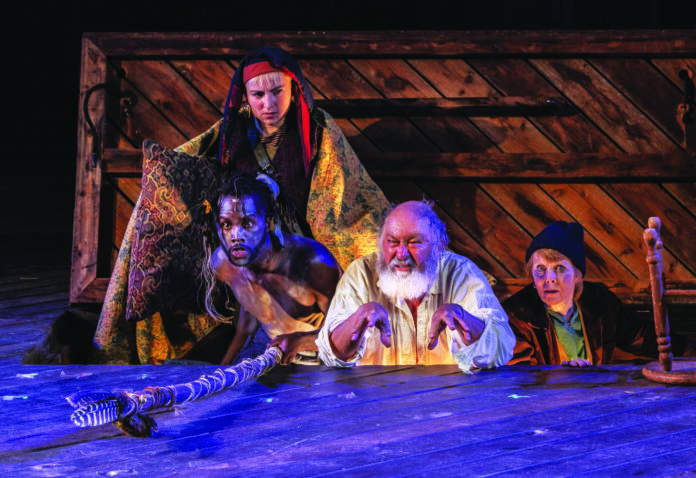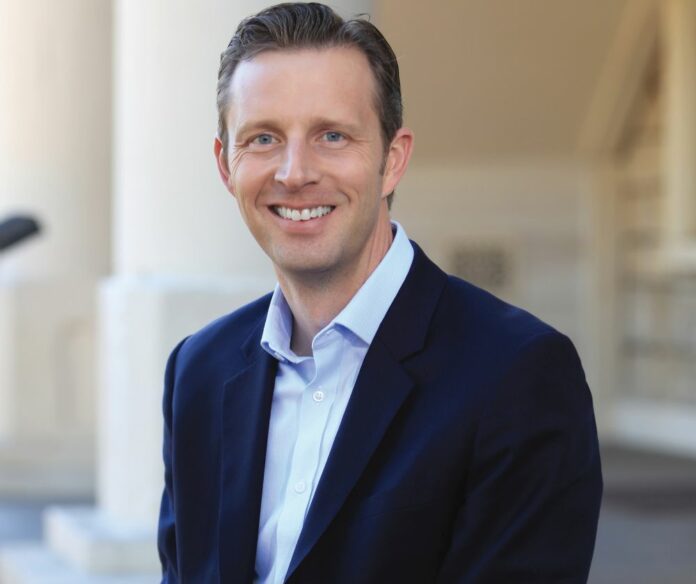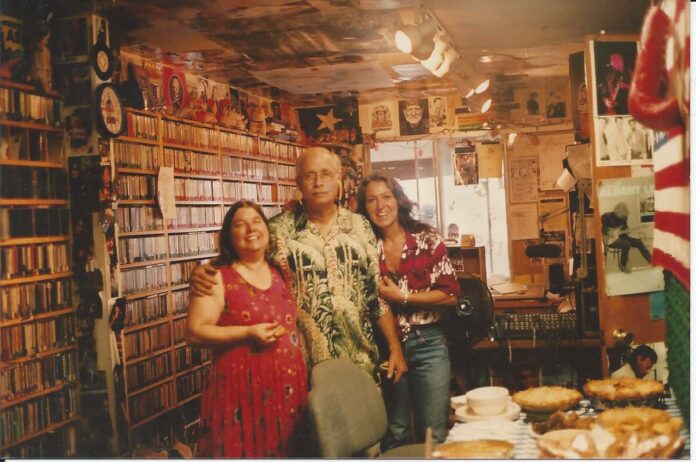Delicious Eye-Opener
Stepping into a gentler, cozier era, we found today’s Silver Spur refreshingly identical to yesterday’s Silver Spur. A slice of enduring Santa Cruz, this much loved, family-run classic American diner recently reopened, was packed at 8am mid-week and nobody minded that we had just arrived fresh from the gym and hungry for something involving eggs.
And coffee.
The current owner, Juan Valencia, who cooked for the previous owner, Linda Hopper, now operates the vintage breakfast and lunch spot along with his family. Warm, friendly service and reliably generous portions are part of the appeal at this mid-county landmark, popular with retirees and families, and front-loaded with cowboy decor.
Coffee ($3.50) arrived almost immediately in thick heavy mugs, as we scanned the big menu. Full disclosure: above the booth we occupied was a framed review of Silver Spur, written in 2008 … by me! I admit it brought a smile to my lips. It’s not every day the past glances over your shoulder.
Breakfast menus almost always defeat me. They’re so loaded with temptation of all kinds, from pancakes, to omelets, to waffles, to french toast, to huevos done every which way.
But the Vegetarian Eggs Benedict called to me ($16), and the Flying Sombrero ($14.99), a mouth-watering version of huevos rancheros, appealed to my companion. The coffee, let me quickly point out, was quite good. Strong and hot, just the way Agent Dale Cooper likes it. And so do we.
We also had a chance to check out the Wild West renaissance decor just before our orders arrived. The wood-burned “Silver Spur”on the sign above the doorway suggested an episode of Gunsmoke. I expected some hombres wearing spurs to walk through the door any minute, but had to settle for CalTrans workers in Timberlands and hoodies.
Watercolor landscapes and lots of souvenir signs and photos add just the right touch of hominess. No hard edges in this home of classic diner funkiness.
Our wait person proudly presented us with exactly the kind of breakfasts we’d come for. Large plates both, one was loaded with a lavish spread of scrambled eggs sandwiched between a corn tortilla and lots of tomato-laced salsa. A lake of black beans snuggled up to the eggs, while on another side slices of avocado, shredded cabbage—love the crisp texture contrast to the soft, satiny eggs—and a fist-sized portion of sour cream.
Two versions of the special housemade salsas were brought out for us to try—a hot version that was fiery, but not overwhelming, and a medium. They were both terrific, bold with chiles and spices but not mind-melting. I added some to my colorful plate of poached eggs on English muffins doused with tabasco-intensive Hollandaise. They sat on layers of tomato and avocado, rather than Canadian bacon. As I enjoyed the perfection of the avocados slathered with egg yolk, I meditated on the mystery of why I can’t find perfect avocados the way the Silver Spur does.
We spoke little as we dug into our hearty breakfasts. The black beans might have been a bit more flavor-forward, and my poached eggs might have been slightly firmer. But just slightly. The side of crunchy hash browns absorbed plenty of egg and Hollandaise, just as they were intended to.
Going out for breakfast is a treat and that’s a fact. An even bigger treat was to find the Silver Spur—home of many trysts in our early courtship (probably other people’s courtships too!)— almost exactly as we’d remembered.
Silver Spur – 2650 Soquel Dr., Santa Cruz, Open daily 7am-2pm


